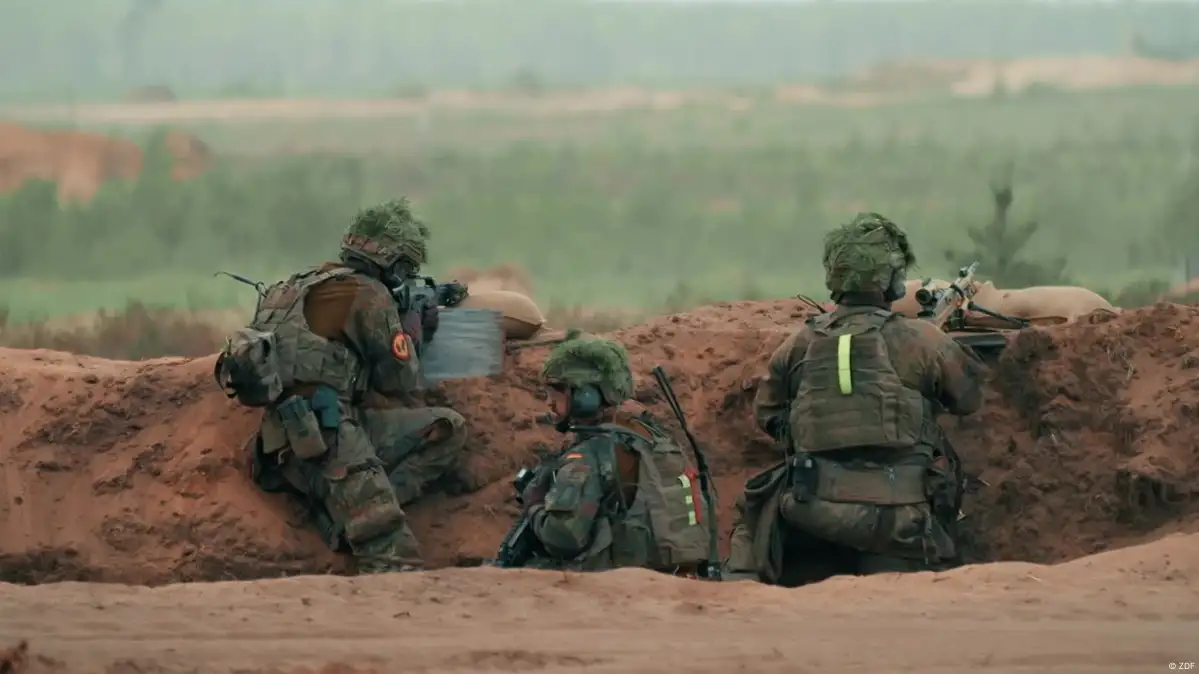New weaponry is being developed: from drones to artificial intelligence and automatic missile defense systems. Germany's military, the Bundeswehr, is rearming on a large scale while assessing its future priorities. Are expensive tanks still suitable for battle when they can be destroyed by cheap drones? And what future role will multimillion-euro fighter planes play?
Analysts have said that Russia will be in a position to attack NATO territory in five to eight years' time. That's led high-ranking German military officials to call for the country to be sufficiently armed by 2029. But how realistic is that goal?
Another concern is the risk of collateral damage caused by the misjudgments of artificial intelligence. Previously, it was hoped that modern weapons like drones would require fewer soldiers on the front lines. But experts now believe these more complicated weapons will require more maintenance and therefore more personnel. According to military experts, modern warfare will ironically demand more soldiers than before.
How are Germany, NATO and Russia positioned militarily? Who is spending vast sums on which technologies? And just how much weaponry is actually sensible or justifiable?
